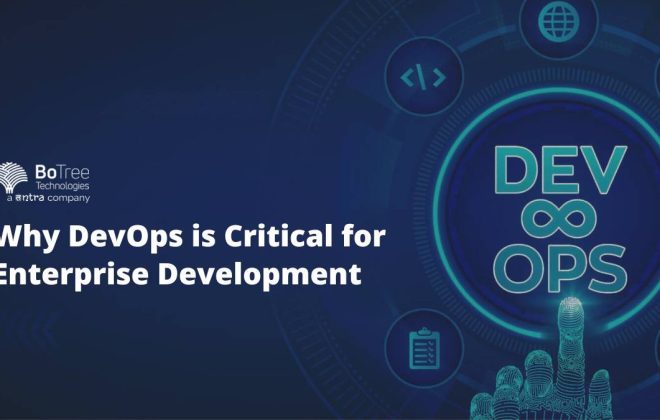
Understanding Data Migration Strategy and Best Practices
Databases are the lifeblood of every business in the modern world. Data enables them to make informed and valuable decisions. Insights, patterns, and outcomes – all require the best quality of data. Therefore, when it comes time to move from an older version to a newer version of the software, there’s a need for data migration planning.
There are a lot of complexities involved in the data migration process. You can’t just copy and paste data – it’s much more complicated. You need to have some data migration strategies and best practices for the entire process. You have to create a data migration plan that outlines all the activities of the process.
Data migration takes anywhere between a couple of months to a year. It depends on the amount of data you have, the capabilities of your legacy system, and the compatibility with the new system. While there are data migration tools and software that make the work easier, you need to have a data migration checklist for beginning the procedure.
In this article, we will look at the different data migrations strategies that assist in better managing data while moving from legacy systems or upgrading. We hope that your data migration team will get an overview of the process and the best practices that they can adopt.
What is the Need for a Data Migration Strategy?
The primary purpose of a data migration plan is to improve the performance of the entire process and offer a structured approach to your data. Data migration policies are useful to eliminate errors and redundancies that might occur during the process.
Here’s why understanding data migration strategies is important –
- Prevent failure
Data migration planning helps you to avoid failure. It outlines the problems that might occur from the beginning. Data migration should not have a casual approach – cloud data migration projects require critical attention to prevent errors and issues. - Define the larger scope
By following the data migration best practices, you can define the larger scope of why you are migrating the data. Whether it’s due to the transition from legacy systems or upgrading the tools, a data migration plan enables determining what the process aims to achieve. - Meeting deadlines
And budgets – all becomes possible due to strategic data migration. You, like other companies, may exceed the budget or go beyond deadlines. Data is crucial at different stages, and it needs to be available at the right moment.
What Should the Data Migration Planning Checklist Consist of?
There are many important elements to a data migration strategy. They are critical because leaving even a single factor behind may impact the effectiveness of your strategy. Your data migration planning checklist can comprise of the following –
- Data audit
Before you migrate, you need to do a complete data audit. Knowing your data is more essential than anything because that will tell you about its characteristics. - System cleanup
You need to clean up your system with data migration software and tools to fix any issues that may arise. Third-party sources are more viable in this process. - Data migration methodologies
Outline the techniques, procedures, and data migration steps as you begin. Methodologies are important because they determine the success of the process. - Maintenance & support
After migration, there needs to be regular maintenance and checkup of the data. Data may degrade over a period of time, so it needs to be assessed for any errors. - Data integrity
Governance and compliance is an important part of the data migration strategy. Regularly tracking and monitoring data quality is important to assure safety from vulnerabilities.
Top Data Migration Strategies and Best Practices
Now that you have a clear understanding of why a data migration strategy is needed and what it comprises, let’s move on to the best data migration strategies and best practices.
- Backup your data
One of the top data migration best practices is to backup your data. You can’t afford to lose even a single piece of data. Backup resources are essential to save your data from any mishaps that may occur during the process. Backing up your data is crucial to prevent any failures during the data migration process that may lead to data loss. - Design the migration
There are two ways to design the data migration steps – big bang and trickle. Big bang involves completing the data migration in a limited timeframe, during which the servers would be down. Trickle involves completing the data migration process in stages. Designing the migration enables you to determine which is the right method for your requirements. - Test the data migration plan
We can never stress enough about the importance of testing the strategy you plan to choose. You need to conduct live tests with real data to figure out the effectiveness of the process. This may require taking some risks as the data is crucial. To ensure that the process will be complete, you need to test every aspect of the data migration planning. - Set up an audit system
Another top data migration strategy and best practice is to set up an audit system for the data migration process. Every stage needs to be carefully audited for errors and methodologies. Audit is important to ensure the accuracy of data migration. Without an audit system, you cannot really monitor what is going on with your data at each phase. - Simplify with data migration tools
It is important to consider a data migration software that can simplify the process. You need to focus on the connectivity, security, scalability, and speed of the software. Data migration is challenging when the right tools are not available. Ensure that the software you use for data migration doesn’t take you a step back in the process.
Conclusion
As you go through the process of data migration services, understanding how the process works is an essential step. Most data is migrated when there is a system upgrade. However, it involves a lot of challenges that can be solved easily by following the best practices.
We learned the different data migration strategies that can enhance the performance of the migration process. Once the data is lost, recovering it is more of a hassle than migrating it. So to ensure that you have the right assistance in data migration, hire the experts from BoTree Technologies. Call us today!




